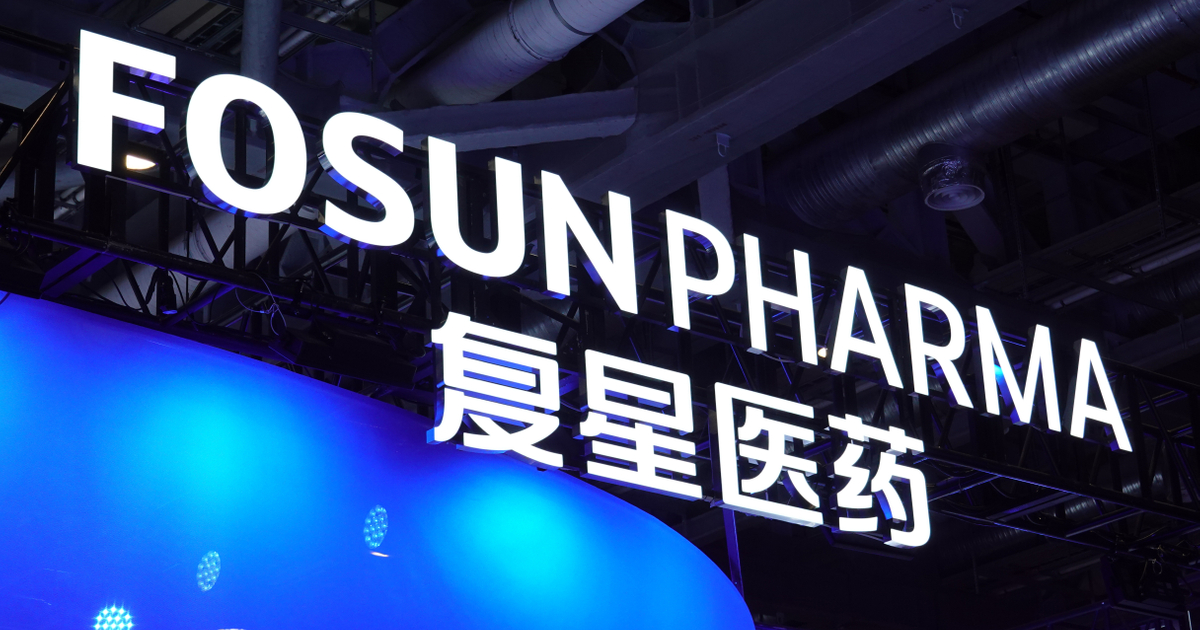RTX 50 series no longer supports one of Nvidia’s oldest GPU technologies
The once popular PhysX graphics technology by Nvidia is now out of support, leaving fans of the legacy games it powers saddened.

Nvidia has wrapped up support for the 32-bit PhysX graphics technology. The brand has quietly removed the legacy SDK out of rotation, much to the chagrin of fans who still play the games that require the functionality.
Nvidia confirmed the end-of-life status of the GPU-accelerated physics simulation SDK, which was known for cloth simulation, shattering glass, moving liquids, and several other particle effects. PhysX is endearingly associated with AAA gaming titles including the Batman Arkham trilogy, Borderlands: The Pre-Sequel, Borderlands 2, Metro: Last Light, Metro: Exodus, Metro 2033, Mirror’s Edge, The Witcher 3, and certain older Assassin’s Creed titles.
Despite being popular during the 2000s and early 2010, PhysX began to go out of favor as Nvidia upgraded other aspects of its graphics components. Its RTX 50 series became Nvidia’s new standard GPU technology. Meanwhile, PhysX floundered because it was not compatible with other GPUs, consoles, and smartphones, Tom’s Hardware noted.
The Verge also noted Redditors discussing their disappointment at the end of support for PhysX. One member detailed forcing PhysX to run the game Borderlands 2 with terrible results. “Got drops to below 60 FPS by just standing and shooting a shock gun at a wall,” they said.
The commentator claims to have played on a high-end system featuring an RTX 5090 and an AMD Ryzen 7 9800X3D. In comparison, they said they tested the same game with an RTX 4090 GPU and maintained 120fps.
While it’s not for everyone, playing legacy games is a common hobby. Tom’s Hardware notes enthusiasts can keep PhysX support going on a PC running a RTX 50 series GPU and beyond by pairing it with an RTX 40 series or older graphics card, then tapping the latter component to work in the Nvidia control panel when necessary.

 Lynk
Lynk 




























